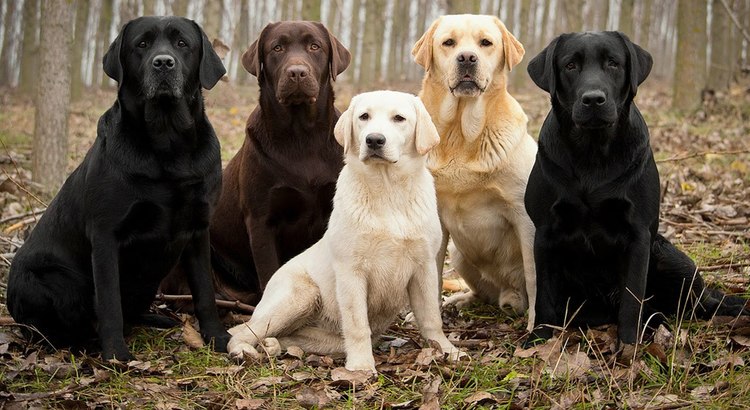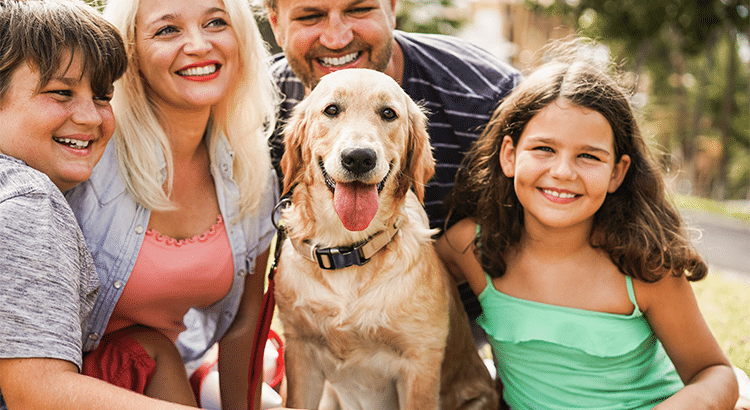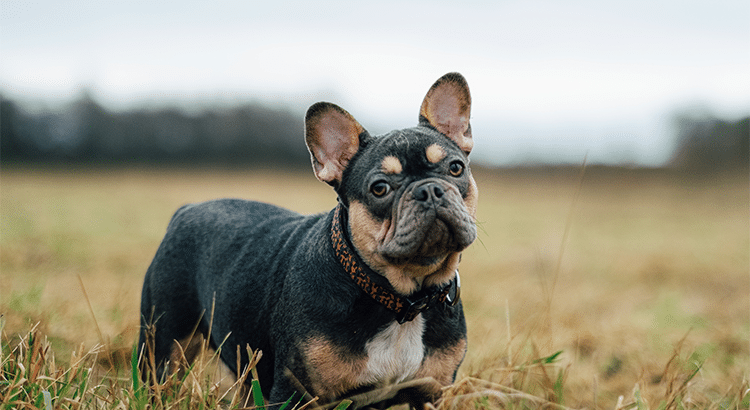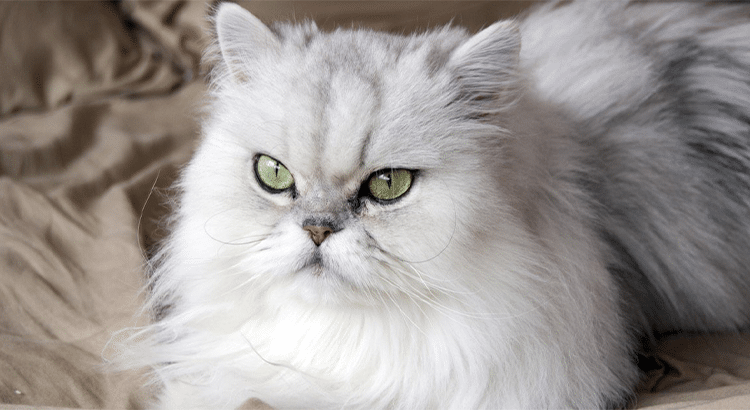
The Labrador Retriever is one of America’s favorite dogs! Originating in Newfoundland, the retriever is a popular breed in Canada, the United Kingdom, and the United States, having won “Most Popular Breed”for a record-breaking 26 consecutive years.
Life Expectancy: 10-14 years
Colors: yellow, brown, black
Weight: Male 64-79 pounds, Female 55-71 pounds
Temperament: Kind, outgoing, agile, trusting, even-tempered, intelligent, gentle
Height: Male 57-62 centimeters, Female 55-60 centimeters
Speed: can reach 12 mph in 3 seconds
Due to their calm temperament, Labrador Retrievers are often trained as service dogs to aid children with disabilities and autism. For this reason, they make great companions for families with children and busy lifestyles. Labs are patient, “go with the flow” and are gently playful. They are also eager to please and therefore can be trained as drug enforcement dogs with their exceptional ability to detect scents.
Labs shed their coat as a puppy to allow the growth of their adult coat, and then twice a year thereafter. The visible top coat is shiny and lays over the undercoat that is shed. This helps to insulate the pet and protect them from cold climates. As they are tolerant of the cold, a greater precaution must be present in the heat by keeping them well hydrated, in a cool space, and a considering a possible summer shave.
The first American Kennel Club (AKC) registration was in 1917.
Labradors love water. Since their coat is waterproof, they are not susceptible to becoming cold in the winter when retrieving from the water. Their webbed feet also contribute to their ability to be strong and fast swimmers. Originally bred to assist fisherman, they were trained to pull in nets and ropes, and retrieve escaped fish.
A litter can include all three colors: yellow, chocolate, and black. There are two genes (big D and little d) that cause the variations in pigmentation of the coat color, just as common as different hair colors in humans. There is, however, controversy over silver labs, who have a gene variation that results in a “diluted” chocolate color. This dramatically different shade first appeared on the 1950s, and the not knowing of where the gene deviation came from makes this a hot topic of conversation in the Labrador world.
So for now, if you are considering adding a lab to your family, know they are a fun, outgoing breed who is eager to be trained, good with children and was born and bred to be water lovers.
Visit Shop.AKC.org to purchase Labrador Retriever swag.



